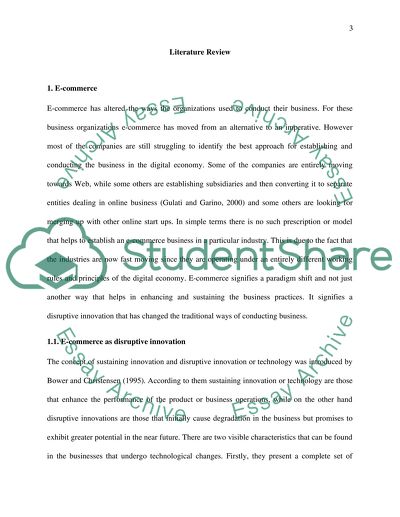Cite this document
(“Why do websites fail to deliver Return on Investment (ROI): A quality Literature review”, n.d.)
Retrieved from https://studentshare.org/e-commerce/1481735-why-do-websites-fail-to-deliver-roi-a-quality
Retrieved from https://studentshare.org/e-commerce/1481735-why-do-websites-fail-to-deliver-roi-a-quality
(Why Do Websites Fail to Deliver Return on Investment (ROI): A Quality Literature Review)
https://studentshare.org/e-commerce/1481735-why-do-websites-fail-to-deliver-roi-a-quality.
https://studentshare.org/e-commerce/1481735-why-do-websites-fail-to-deliver-roi-a-quality.
“Why Do Websites Fail to Deliver Return on Investment (ROI): A Quality Literature Review”, n.d. https://studentshare.org/e-commerce/1481735-why-do-websites-fail-to-deliver-roi-a-quality.


